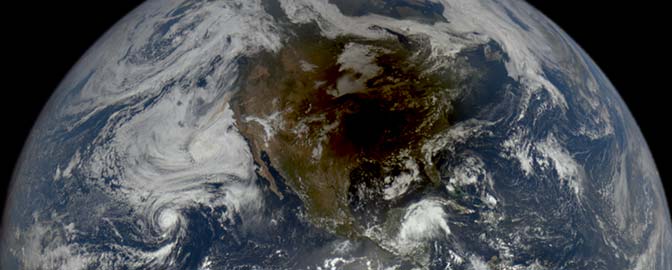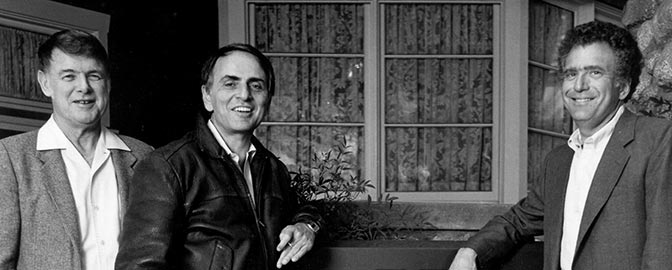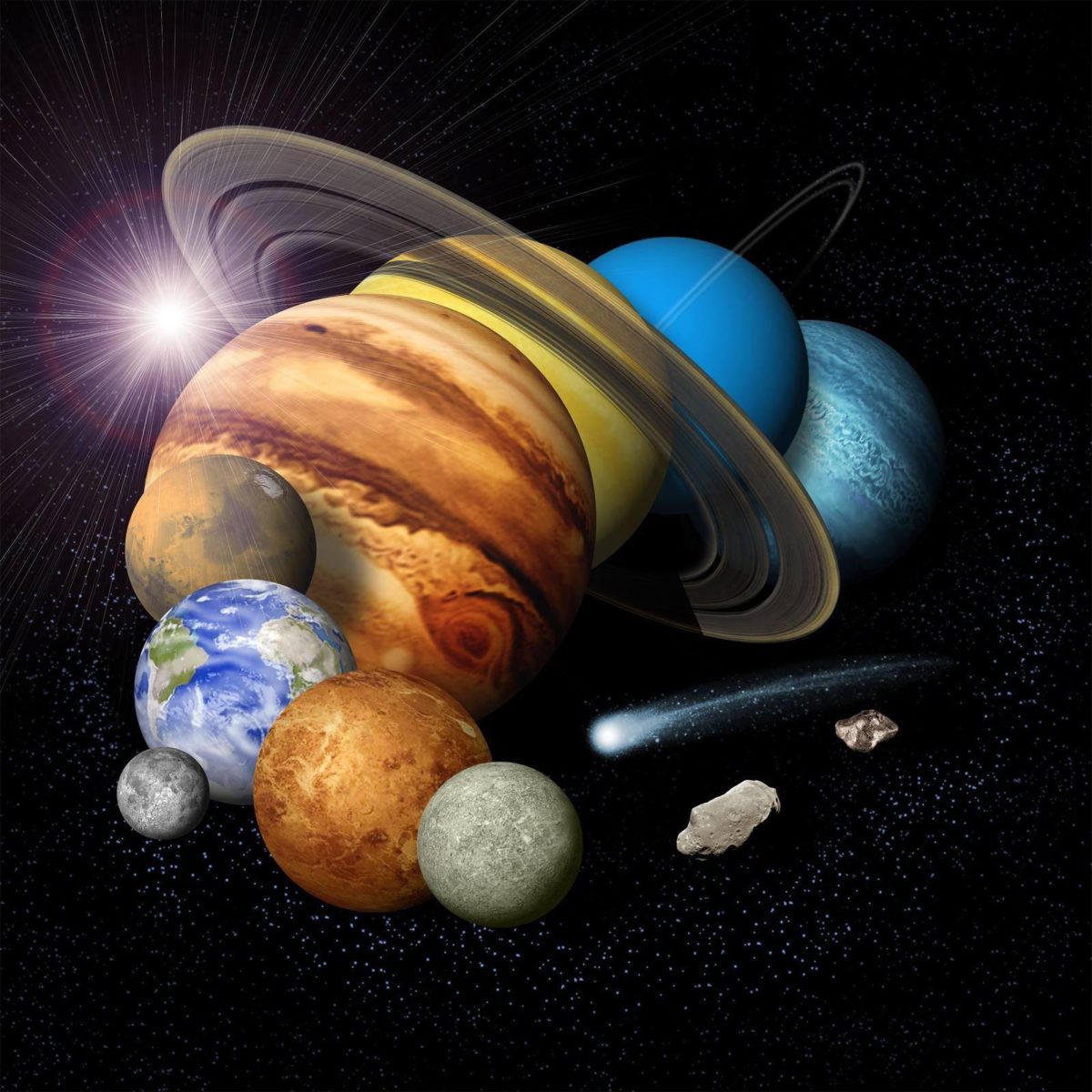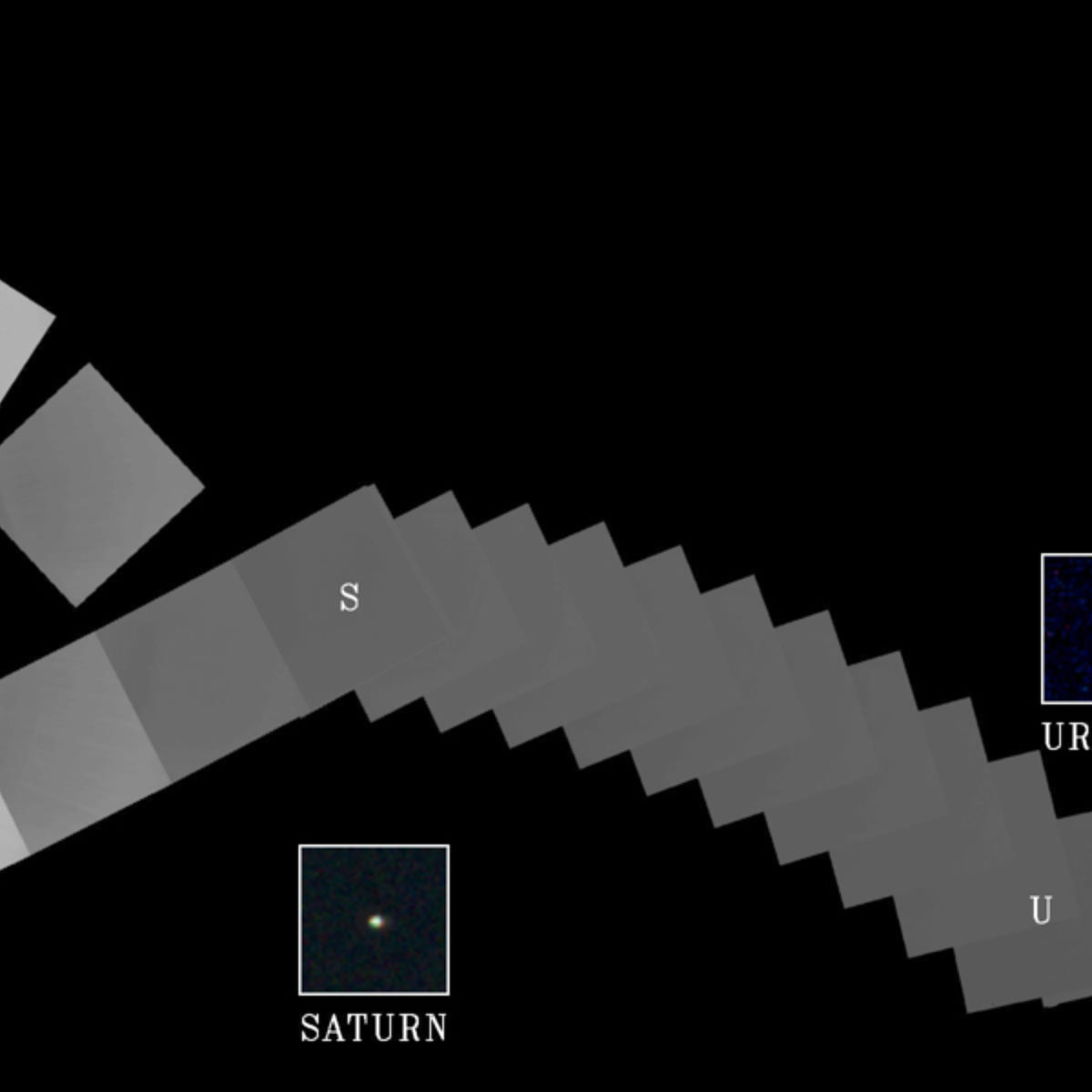All
All
Stories, updates, insights, and original analysis from The Planetary Society.
Reobservations Report No. 5: First Observation Session Completed at Arecibo
The SETI@home team has completed the first of its three 8-hour observation session at Arecibo, designed to revisit the most promising candidate signals detected so far by SETI@home.
Reobservations Report No. 4: Results in Real Time
SETI@home scientists will have to wait for several weeks for the full analysis of the data collected during the reobservations. But even while the observations are going on at Arecibo, they will already have a good idea if they have found something significant.
Reobservations Report No. 3: Selecting the Finalist Candidates
For three successive days SETI@home will have use of the giant Arecibo radio telescope to revisit the most promising candidate signals detected since the project was launched in 1999. SETI@home Chief Scientist Dan Werthimer and his team put together a list of the
Reobservations Report No. 2: Reobserving, Recording, and Reprocessing
For the first time during the reobservations, Werthimer and his crew will have use of another recorder. This is Arecibo's
Reobservations Report No. 1: Shifting Gears at Arecibo
In the next few days, SETI@home Chief Scientist Dan Werthimer, along with team members Eric Korpela and Paul Demorest, will head down to Arecibo in Puerto Rico. There, at the site of the largest radio telescope in the world, they will begin a new chapter in the short history of the project: the reobservation of SETI@home's most promising candidate signals.
Cassini Captures Its First Image of Saturn
The Cassini spacecraft has captured its first image of its target planet, Saturn.
The Stories Behind the Voyager Mission: Ed Stone
Edward C. Stone, an internationally renowned physicist, signed on as Project Scientist of the Voyager mission in 1972, responsible for coordinating the efforts of 11 teams of researchers.
The Stories Behind the Voyager Mission: Jurrie van der Woude
Jurrie van der Woude worked for 25 years in the Jet Propulsion's Laboratory's Public Affairs Office as Image Coordinator. It was Jurrie who, working closely with the Voyager imaging team, chose the best images to release to the press.
The Stories Behind the Voyager Mission: Bud Schurmeier
Harris 'Bud' Schurmeier served as the first Project Manager for the Voyager mission. In 1976, just before the twin spacecraft launched, he became Assistant Lab Director at the Jet Propulsion Laboratory (JPL).
The Stories Behind the Voyager Mission: Bruce Murray
Bruce C. Murray served as the only geologist on the team planning the Grand Tour, which was cancelled by NASA in 1972, but which led to Voyager the same year. He later became the Director of the Jet Propulsion Laboratory (JPL), a position he held from 1976 to 1982, the early glory years of the mission.
The Stories Behind the Voyager Mission: Charles Kohlhase
Charles Kohlhase served as Mission Design Manager for Voyager from 1974 to 1989. He brought more than a decade's worth of experience working on the Mariner and Viking missions to the position.
The Stories Behind the Voyager Mission: Linda Morabito Kelly
Linda Morabito Kelly began working at Jet Propulsion Laboratories while still a student at the University of Southern California. In 1974, she accepted a fulltime position as an engineer in the Satellite Ephemeris Development and Orbit Determination section JPL.
Voyager's Last View
Home. Family. This will be Voyager's enduring legacy: It has changed forever the feelings raised by those words. Through its robotic eyes we have learned to see the solar system as our home. Through its portraits of the planets we know that they are part of our family. Apollo astronauts showed us a tiny Earth alone in the blackness of space. Now, with these images, Voyager has shown us that Earth is not really alone. Around our parent Sun orbit sibling worlds, companions as we travel through the Galaxy.
The 2002 Gene Shoemaker NEO Grant Recipients
In 2002, The Planetary Society awarded $28,290 (US) worth of grants to an international group of researchers in support of near-Earth asteroid detection and characterization efforts.
The Devon Diaries
Emily Lakdawalla reports on her expedition to Devon Island, where The Planetary Society is taking steps toward the goal of humans and robots working together to explore Mars.
Haughton Impact Crater
Haughton Crater measures about 20 kilometers (12.4 miles) in diameter, and was formed 23 million years ago when either an asteroid or a comet collided with our planet.
SETI@home Listens to the Dying Gasps of Black Hole
If we were to listen to radio transmissions from space, we should be able to hear the dying gasps of black holes. As it turns out, we are listening, or at least the SETI@home receiver is. Perched above the giant Arecibo dish, it is systematically surveying a large portion of the sky, listening to the signals coming from space.
Updates from Past Recipients of the Shoemaker NEO Grants (20 March 2001)
I just wanted to express my appreciation again to The Planetary Society for the Shoemaker Grant. Apogee Instruments delivered the AP6Ep purchased with the grant on 9 March 2001. Critical mass on all of the other components associated with implementing the proposal was reached last week.
The 2000 Gene Shoemaker NEO Grant Recipients
In 2000, The Planetary Society awarded $33,700 (US) worth of grants to an international group of researchers in support of near-Earth asteroid detection and characterization efforts.
The Planetary Report, Vol. 21, No. 1: Evolving Visions
From the Editor: Mars has definitely been the planet in the news these past two months, and two events have triggered larger-than-normal reverberations in the Society. First, on November 22, Gerald Soffen died. Then, on December 4, while we were wrapping up this issue, Mike Malin and Ken Edgett announced their latest news-making discovery -- this time of sedimentary layers on the Martian surface.


 Explore Worlds
Explore Worlds Find Life
Find Life Defend Earth
Defend Earth


 Sun
Sun Mercury
Mercury Venus
Venus Earth
Earth Mars
Mars Jupiter
Jupiter Saturn
Saturn Uranus
Uranus Neptune
Neptune Small Bodies
Small Bodies







